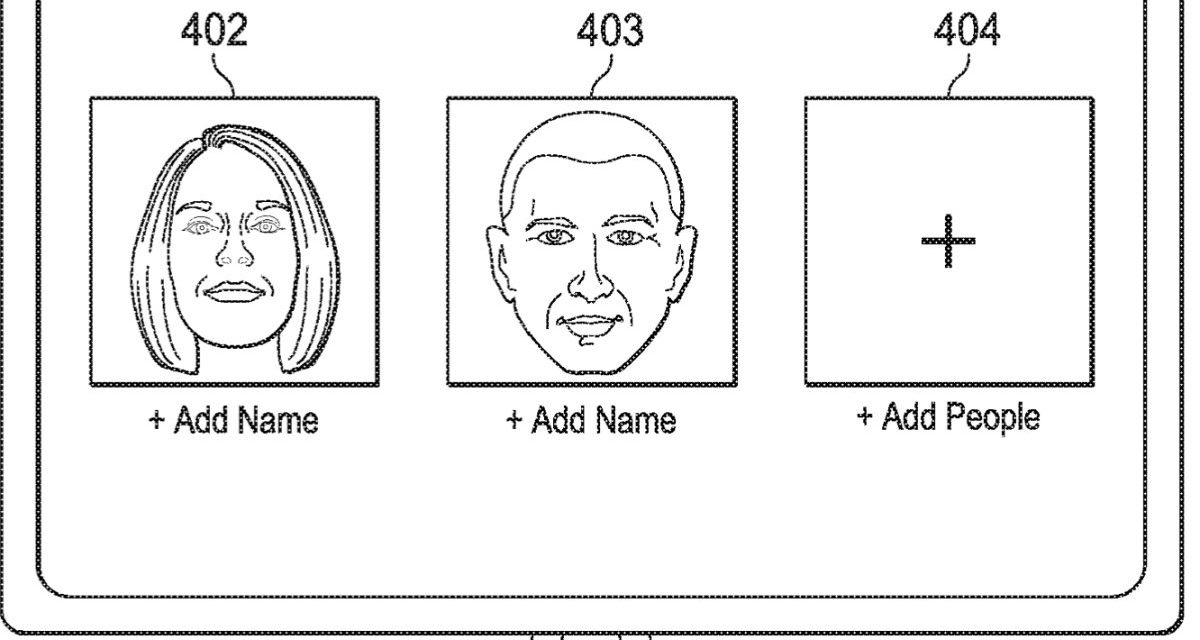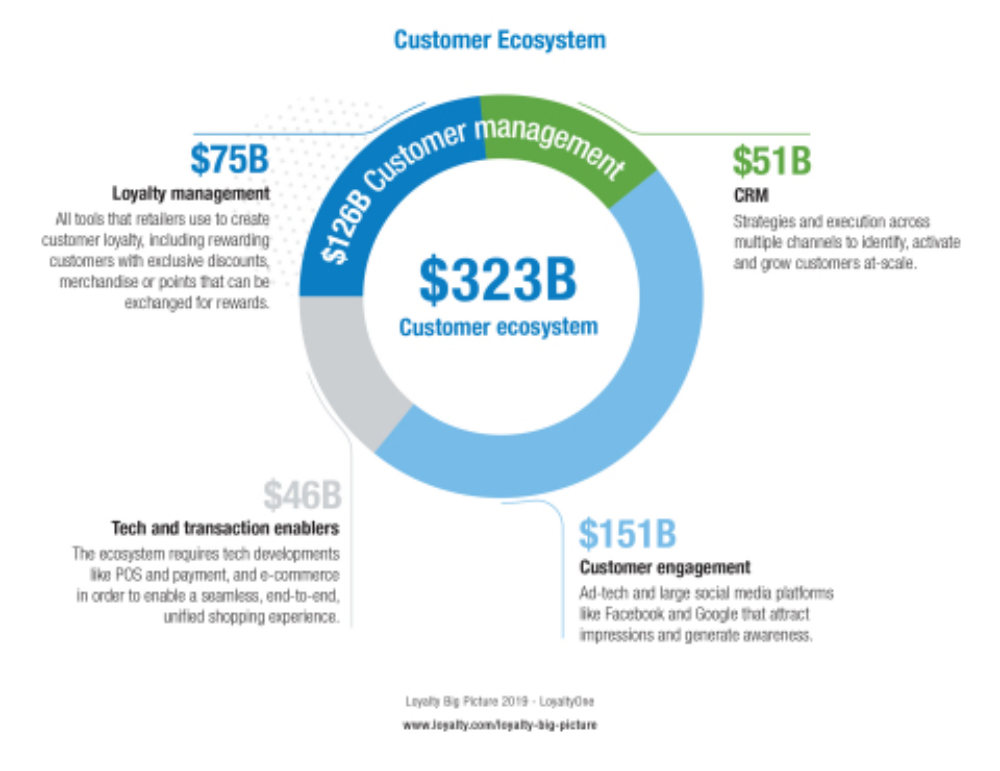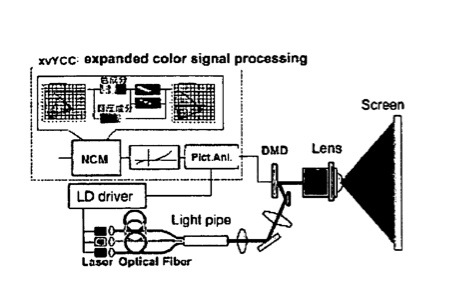Mac users have been hoping for some time for FaceID to come to the Mac. It still hasn’t happened, but a newly granted Apple patent (number 10,997,763) for “face syncing in distributed computing environment” shows this could happen soon, though the patent doesn’t single out Macs.
Face ID is a facial recognition system designed and developed by Apple for the iPhone and iPad Pro. It’s a successor to Touch ID.
In the patent data, Apple notes that modern computing devices often include an application to access, organize and share digital photos and videos (“media assets”). These media assets are typically stored in a local library on the computing device, and for some applications, also stored remotely on a network server.
The local library can be synchronized with the remote library to ensure coherency between the libraries. If a user edits a media asset on a mobile computing device, the edited media asset can be “synced” to the remote library. The user can then access the edited photo using another computing device.
Some applications provide face detection where a media asset library is scanned to detect human faces. The detected faces are presented to the user in a graphical user interface (GUI) that allows the user to confirm or reject the detected faces, which are then tagged with metadata.
Once a face is tagged, the face detection process searches the media asset library to find other media assets that include the tagged face. The user can create collections of media assets that include a specific individual whose face was tagged. And the graphics accompanying the patent show desktop and laptop computers as using such tech.
To protect user privacy, some applications encrypt the media assets before syncing the assets with an online library. Because the media assets are stored encrypted in the online library, face detection is performed on the user’s computing device. In such applications, maintaining consistency of face detection results among multiple user computing devices is challenging. For example, the user’s computing devices may be running different versions of the face detection technology which may provide inconsistent face detections.
Here’s the summary of the invention: “Embodiments are disclosed for face syncing in a distributed computing environment. In an embodiment, a method comprises: obtaining, by a processor, media assets that include faces of individuals; detecting, by the processor of a mobile device, the faces on the media assets; generating, by the processor, faceprints for the detected faces; clustering, by the processor, the faceprints into clusters; generating, by the processor, a face crop image for each cluster; and sending, by the processor, the face crop images to a network-based, distributed syncing service.”
Article provided with permission from AppleWorld.Today





